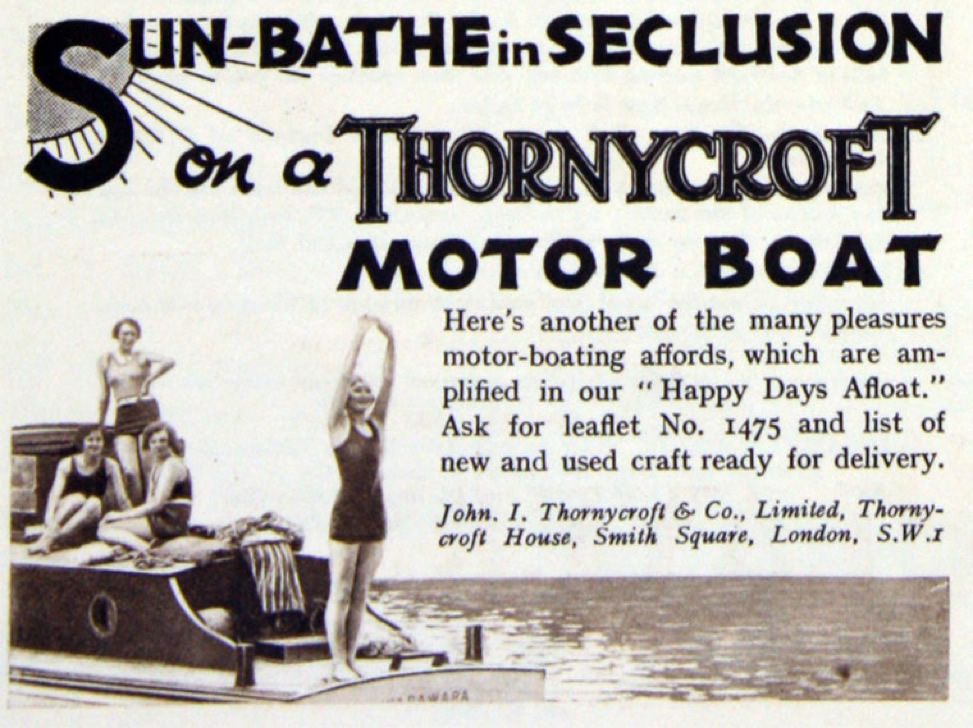The name of the island is derived from Platt of Molesey who used it for growing withers. Until the 1880s osiers were grown on the eyot, a species of willow used for basket-making but it was also used for dumping spoil from excavation of the Stain Hill Reservoirs, creating the large hill on the island’s western end.
There is a suspension bridge connecting the island to Hampton. The entire island is listed within the River Thames site of Metropolitan Importance for Nature Conservation, with the western end of the island being listed as part of the Metropolitan Green Belt. It is the westernmost island on the River Thames in Greater London. Boatbuilding began on the island in 1868, when Thomas Tagg, who had been running a business since 1841 on Tagg’s Island, expanded by building a boatyard and house on the eastern end of Platt’s Eyot.
A waterworks and electrical works with a charging station were also constructed on the island; the latter was used to power electrically powered pleasure launches and canoes that were built on the island Around 1904 John Isaac Thornycroft set up the Hampton Launch Works on the island, an offshoot of the Chiswick boatyard that he had established in the 1860s.
This boatbuilding works concentrated on cabin cruisers and speedboats, but the success of Thorneycroft’s operations on Platt’s Eyot led to the award of contracts from the Admiralty. A new and larger facility was built in Southampton, which became Thorneycroft’s principal yard, but the Platt’s Eyot yard continued to operate in both World Wars to build small naval craft.
In 1916 the Admiralty commissioned a new type of fast torpedo-carrying motor launch which Thorneycroft constructed secretly in its Platt’s Eyot facility. Four new boat sheds were constructed on the island, probably in the same year (though the date is disputed by some), to a design by Augustine Alban Hamilton Scott. They were built using the Belfast truss system, developed during the First World War to roof wide structures such as aircraft hangars. Very few boat sheds were constructed using the technique, and these examples are now Listed and inspected by Historic England. During the Second World War, the boatyard was used to construct motor torpedo boats, motor launches and landing craft.
Thornycrofts closed its boatbuilding operation on Platt’s Eyot when it was taken over by Vospers in the mid-1960s. In 1960 the island was bought by Port Hampton Ltd., which diversified the use of industrial space. In 1941 the island was connected to the Hampton, Middlesex bank of the River Thames, by a suspension bridge assembled by the Royal Electrical and Mechanical Engineers. The island was transferred from Esher Urban District in Surrey to the London Borough of Richmond upon Thames in Greater London on 1 April 1970, using a provision of the London Government Act 1963.

